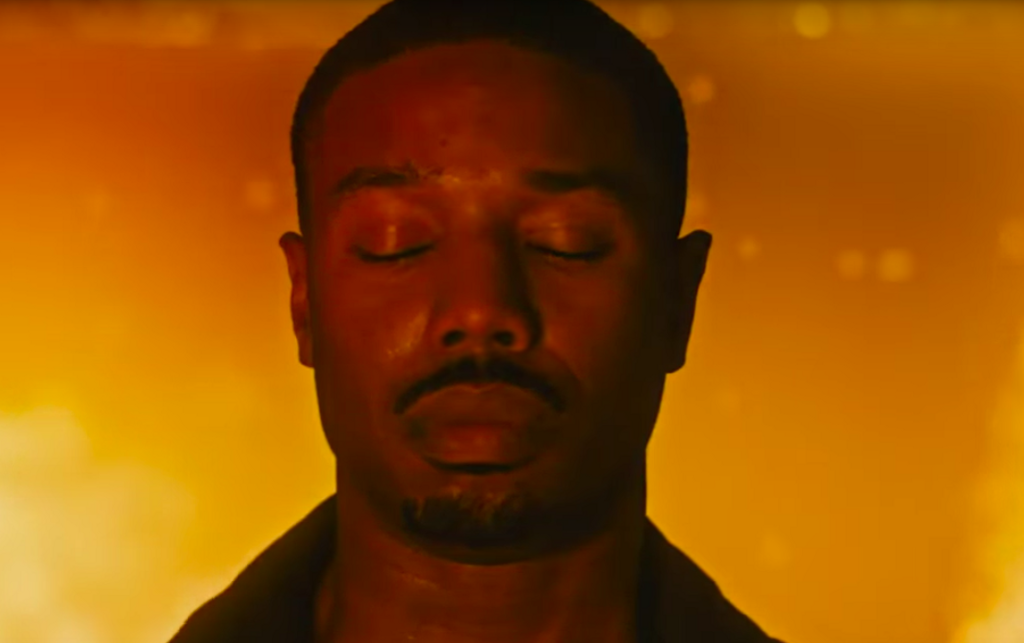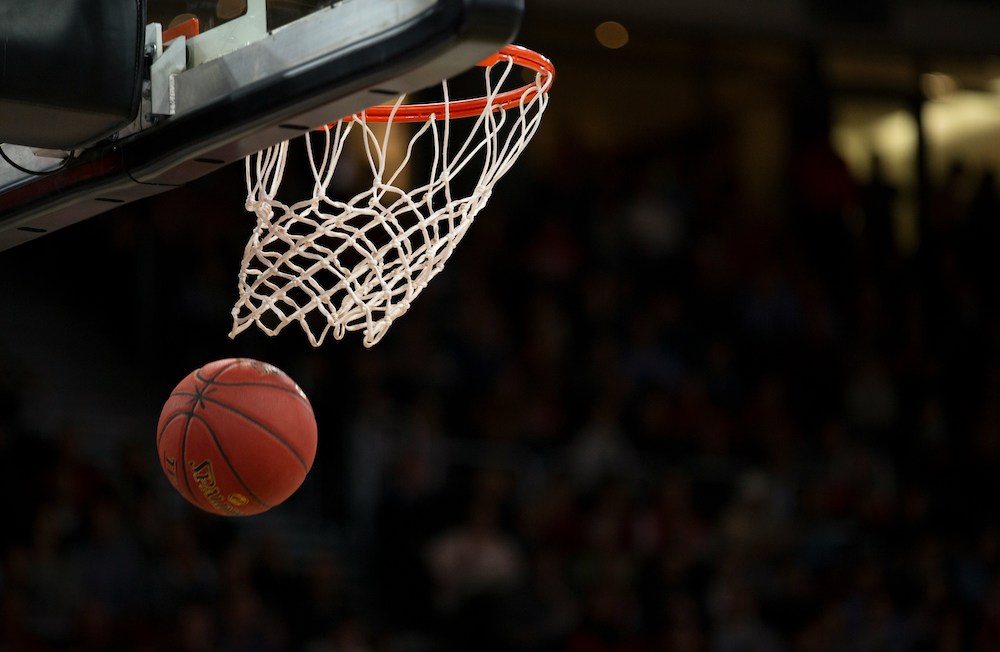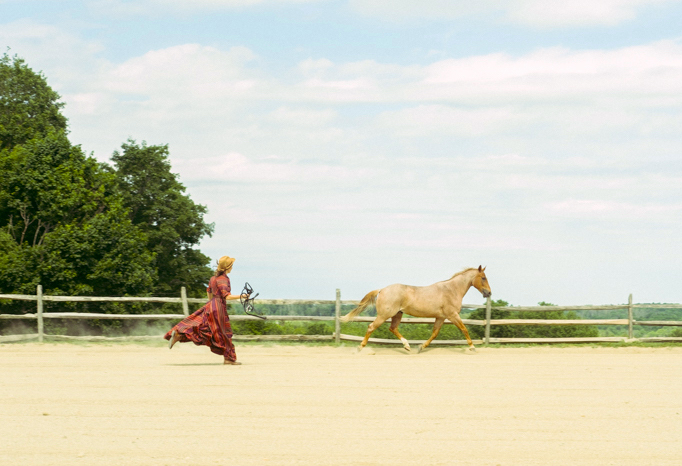Reading Lists
12 Books for Sports Fanatics
Karl Taro Greenfeld, author of ‘True,’ recommends works of fiction and nonfiction about football, chess, and everything in between

The very first fragments of the book that would become True were written over 20 years ago as part of a planned non-fiction book about soccer in America that, even before I was 20 pages in, had become a fiction book about rival soccer teams in a Los Angeles amateur league. Those first soccer files were lost several computers ago, but the world of pick-up soccer in Los Angeles continued to obsess me.

Three years ago I returned to the material, but for some reason, this time I was writing as a female soccer player, one so talented she could dominate in pick up soccer games with men. Her life story, how she came to be this girl who played on dusty, far-flung pitches on weekday afternoons, turned out to be the story I wanted to tell. Why had nobody heard of the best soccer player of her generation? She was the female soccer equivalent of basketball playground legends like Joe Hammond or Earl Manigault. While I was writing, I wasn’t thinking of the potential pitfalls of writing a female main character or the commercial risks of writing a sports novel. Sports novels seldom make the bestseller list.
From the memoir of an NFL wide receiver to a novel about a chess player struggling with addiction, here are twelve books about sports that have stayed with me,

The Queen’s Gambit by Walter Tevis
The protagonist, Beth Harmon, is a brilliant chess player struggling with addiction. The descriptions of orphan Beth Harmon’s discovery of chess and her steady climb up to Bobby Fisher levels of chess dominance provide a natural and comfortable narrative structure. Tevis is masterful in his depiction of Beth’s peculiar genius and unique talent. The lexicon of chess gambits and moves could easily alienate a general reader, yet through the lens of Beth’s intense and peculiar intelligence — today, Beth would be described as on the spectrum — the story exerts a magnetic pull.
“202 Checkmates” by Rion Amilcar Scott
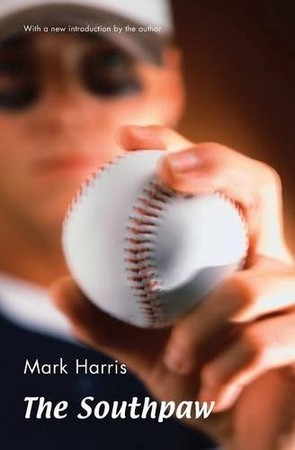
The Southpaw by Mark Harris
Bang the Drum Slowly is the much better known and praised of Mark Harris’ novels, but its precursor, The Southpaw, is less sentimental and more ambitious. Narrated by a young prospect, Henry Wiggins, climbing the New York Mammoth’s system, The Southpaw is a coming-of-age novel wrapped around the story of Sam Yale, a veteran pitcher near the end of his career, idolized by young Henry Wiggins. Yale, an aged, angry tyro, can’t help but challenge the adoration of the young naif. “I just play for the money I do not need and fornicate for the kicks I never get,” Yale tells Wiggins, “If I was to write a book they would never print it. It would be five words long. It would say, Do Not Fuck With Me.”

Fat City by Leonard Gardner
It’s impossible to exclude Gardner’s only book from this list. It’s a sports novel in the way that, say, Double Indemnity is an insurance novel. Gardner’s Billy Tully and Ernie Munger are fighters so low-down on the bill that when they fight on the road, their trainer puts them on a bus and wishes them luck. The book is set in the kind of dive bars, fleabag hotels, and strawberry fields familiar to Jack London and John Steinbeck, only Gardner has the courage to shy away from redemption for his failed and never-was boxers. The ring beckons as redemption, and Gardner has the courage the deny his characters any such salvation.

Slow Getting Up by Nate Jackson
Nate Jackson, a bottom of the roster tight end and wide receiver for the Denver Broncos, was never a household name and that’s what makes his book about the realities of life in the NFL so captivating. Jackson’s NFL is a cynical and manipulative entertainment conglomerate that exploits athletes like Jackson who know full well the price they are paying and would eagerly do it again. What makes Jackson’s book so fascinating is that awareness at the price he is paying, mentally and bodily, yet he ultimately concludes, reluctantly, that the intoxication of living this alpha-male version of the American dream is fully worth the price. Jackson writes with a surprising wit, and rejects your sympathy even as he is explaining how players feel compelled to take any medication or injection they can to get out on the field. It’s the most honest book I’ve read about the National Football League.
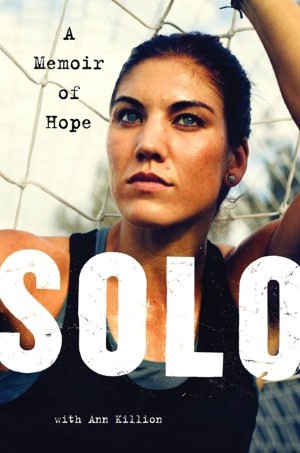
Solo: A Memoir of Hope by Hope Solo with Ann Killion
Hope Solo’s tumultuous history with the United States Women’s National Team, her frequent and public disputes with coaches and players, and her legal troubles, have made her a controversial figure who is also, inconvertibly, the best goalie in women’s soccer history. Her life story tells of when she was kidnapped by her father at age seven, the rival girls she has punched in the face, and names the teammates she despises. It’s rare to read an athlete be this candid about her struggles.

A Fan’s Notes by Frederick Exley
Exley’s fictional memoir of obsessive fandom foresaw the future of American sports and the obsessive identification with gridiron heroes that has by now become accepted behavior. Believe it or not, there were decades during which you could go to a football game and nobody would be wearing his or her favorite player’s jersey. Exley’s tragic memoir, during which his obsessions with Frank Gifford and the New York Giants became an escape from his debilitating depression, provide a remarkable snapshot of where American sports fandom was heading, even as Exley himself was wise enough to warn that his own compulsion was destroying him.
9 Stories About Sports, Games, and Gamesmanship

Down and Dirty: The Life and Crimes of Oklahoma Football by Charles Thompson and Allan Sonnenschein
During the 1980s, Barry Switzer’s Oklahoma Sooners were the best team in college football, running an impossible to stop wishbone offense built around fleet-footed quarterbacks recruited by dubious means. When Heisman-frontrunner Jamelle Holleway was injured in 1987, Charles Thompson stepped in to lead the Sooners to an 11–1 record and the Orange Bowl. Down and Dirty tells the inside story of those teams, the money players were receiving, the crack-smoking in limousines outside country clubs where Holleway and Thompson were about to give motivational anti-drug talks, and Thompson’s eventual arrest by the FBI for selling cocaine to an undercover agent. One of my favorite sections of the book was Thompson describing his childhood in Lawton, Oklahoma, where he ran for money as drug dealers and bookies would bet on young boys in footraces.

I Am Third by Gale Sayers with Al Silverman
I am including this book because it’s the sports biography I read as a young boy that left a powerful impression on me and humanized a larger than life athlete. Young boys and girls of a certain type read these kinds of sanitized sports biographies and, inevitably, some of them will stick with us even as we reach adulthood. I will never forget Gale Sayers receiving a free hamburger for every touchdown he scored in high school, and eventually eating seven “Pookie” burgers after one game. Also, this book contained the powerful chapter “Pic”, about Brian Piccolo, the running back who would pass away from cancer, that would become the basis for the movie Brian’s Song. How could a young boy resist?

Soccer Against the Enemy: How the World’s Most Popular Sport Starts and Fuels Revolutions and Keeps Dictators in Power by Simon Kuper
Well before How Soccer Explains the World by Franklin Foer, there was this masterpiece by Kuper, who wrote about the variations and obsessions of soccer fans around the world and the very real class, religious, and national boundaries that are defined by loyalties to and for specific clubs. His book was written just before the total dominance of a dozen or so super clubs would change club soccer into a far more commercial endeavor. His description of the cultural differences of how the sport is played and watched around the world are still relevant today. The racism of the Ukraine, the Ajax developmental system, the Italian catenaccio defense, it’s all here, told in first person and vivid prose.

Pistol: The Life of Pete Maravich by Mark Kriegel
While I was writing True, I often thought of this book, in part because Maravish so much resembles the protagonist of my novel in that his sport was his sanctuary and the rest of his life outside of basketball always seemed to be turning to shit. Maravich spent his life outside of basketball searching for meaning, exploring yoga, Hinduism and even becoming a UFO obsessive at one point. Kriegel’s book deftly explains how Maravich’s family of origin and in particular his father, Press Maravich, created both the perfect basketball player and a deeply broken human being.

Sandy Koufax: A Lefty’s Legacy by Jane Leavy
I didn’t remember the subtitle to this book, and now find it odd, as the enigma that is Sandy Koufax somehow survives even this beautifully written account of one of our most beloved athletes. Leavy uses the nine innings and 27 batters of Koufax’s 1965 perfect game against the Chicago Cubs as the structure of the biography, using each at-bat and put-out as a prism to tell more and more of the lefty’s life story. The Koufax that emerges is the most complete picture yet, but Koufax himself remains somehow, tantalizingly elusive. The book takes on a beautiful, almost romantic quality as Leavy attempts to tease out the man. Certain figures somehow escape even the best writer’s attempt to capture their essence. Leavy’s masterpiece is perhaps one of my favorite types of books; a lovely, well-crafted, search that ultimately never quite finds its subject but leaves the reader honored at having witnessed the attempt.

Ghosts of Manila:The Fateful Blood Feud Between Muhammad Ali and Joe Frazier by Mark Kram Jr.
This history of Thrilla in Manilla, perhaps the most famous boxing match in history, is built around Kram’s spectacular reporting for Sports Illustrated on Muhammad Ali and Joe Frazier in the 1970s. His deadline piece for the magazine, “Lawdy, Lawdy, He’s Great,” is one of the best pieces of prose ever dictated down a telephone to an editor just hours after the fight was over. “It was only a moment, sliding past the eyes like the sudden shifting of light and shadow, but long years from now it will remain a pure and moving glimpse of hard reality, and if Muhammad Ali could have turned his eyes upon himself, what first and final truth would he have seen.” And it goes on, with scenes involving Fernando and Imelda Marcos, the fight itself, and both Ali and a blinded Frazier after the fateful bell for the 15th. Over three years writing for Sports Illustrated, my dream was to write a piece as good. I never came close.

About the Author
New York Times bestselling author Karl Taro Greenfeld penned the novels The Subprimes and Triburbia, a New York Times Editor’s Choice. His memoir, Boy Alone, was a Washington Post Best Book of the Year. Karl has also written Dr. J: The Autobiography (co-authored with Julius Erving), NowTrends, China Syndrome, Standard Deviations, and Speed Tribes. His prize-winning writing has appeared in Harper’s Magazine, the Atlantic, the Paris Review, Vogue, GQ, the New York Times, and others. His books have been translated into twelve languages.






